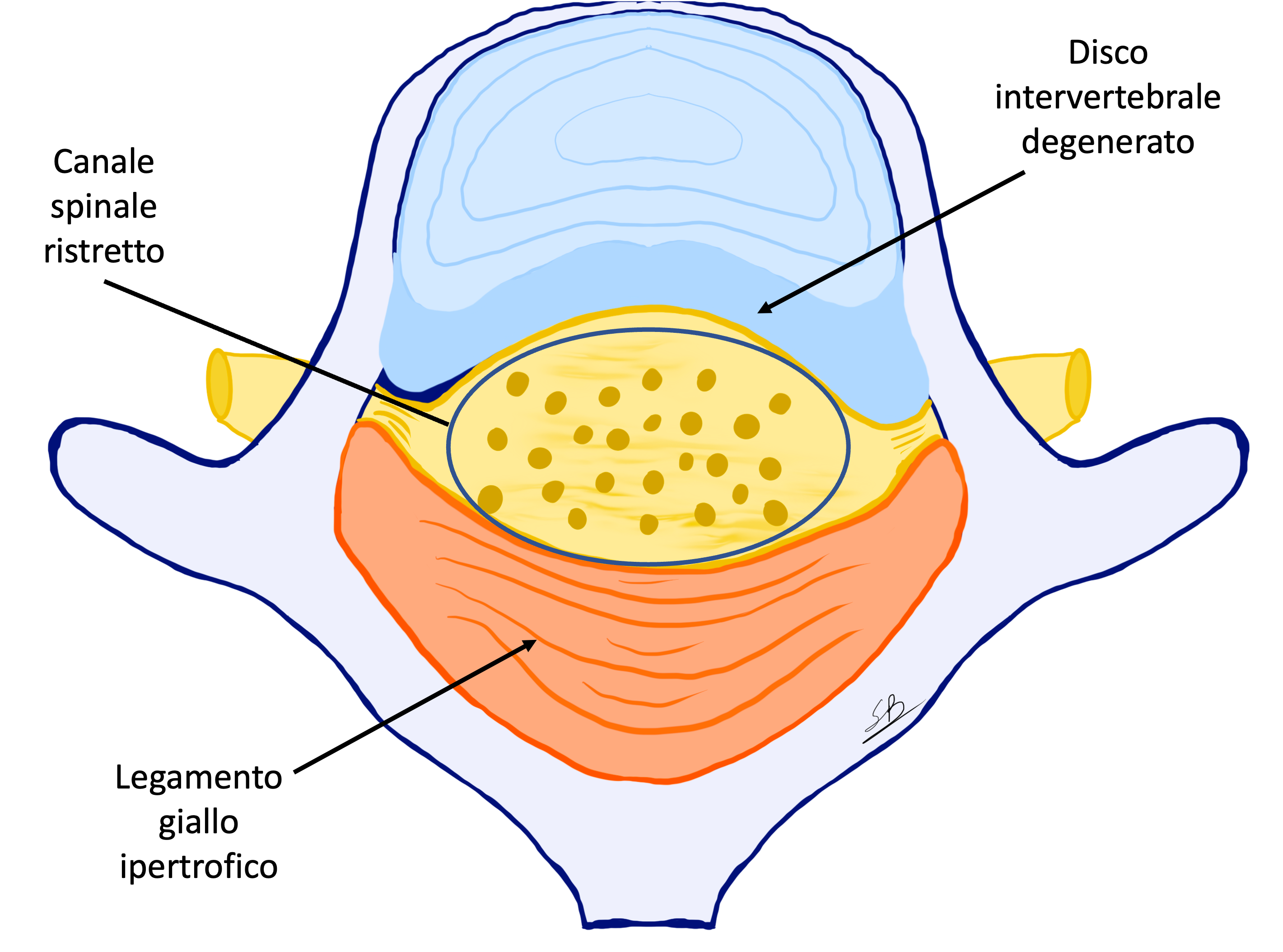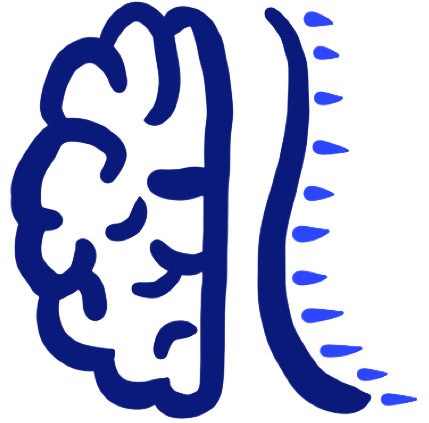Lumbar stenosis
The lumbar stenosis is a degenerative pathology due to the lumbar arthrosis, consequently with a long and slow evolution. In the lumbar column, the vertebral canal where pass the nerves is surrounded by three different articulations: the vertebral disk and the two facet joints. With the arthrosis, joints take more place and consequently, progressively decrease the space of the vertebral canal.

Lumbar stenosis
The nerves inside of the lumbar canal have sensitive and motor functions for the legs. It is easy to understand the typical clinical signs of the lumbar stenosis aka neurogenic claudication. Patients have pain in the legs after having walked a certain distance. After that, they must stop walking and seat to improve. With the evolution of the arthrosis, the distance of walking decreases progressively.
The first treatment for a lumbar stenosis is the surgery of lumbar decompression or laminectomy. It could be necessary at only one vertebral level or more. The goal is to decompress the nerves drilling the posterior part of the vertebrae. No osteosynthetic material is necessary. The surgery lasts for 30 minutes under general anesthesia. Dr Robert realizes this surgery under microscopic view and trans-tubular approach to limit the muscular trauma. His surgical experience for lumbar stenosis is more than 500 cases.

Trans-muscular approach for decompression
The alternative to the surgical treatment is the conservative therapy with antalgics, anti-inflammatory, physiotherapy, or also with peridural infiltrations. All these conservative therapies have for goal to limit symptoms but could not anatomically resolve the problem. Such a conservative treatment is contraindicatory in case of motor deficit or urinary problems (cauda equina syndrome).
After a surgery of lumbar stenosis, the patient follows one cycle of physiotherapy, and the convalescent period is 1 month long. Dr Robert proposes a follow-up of 3 months after such treatment.
